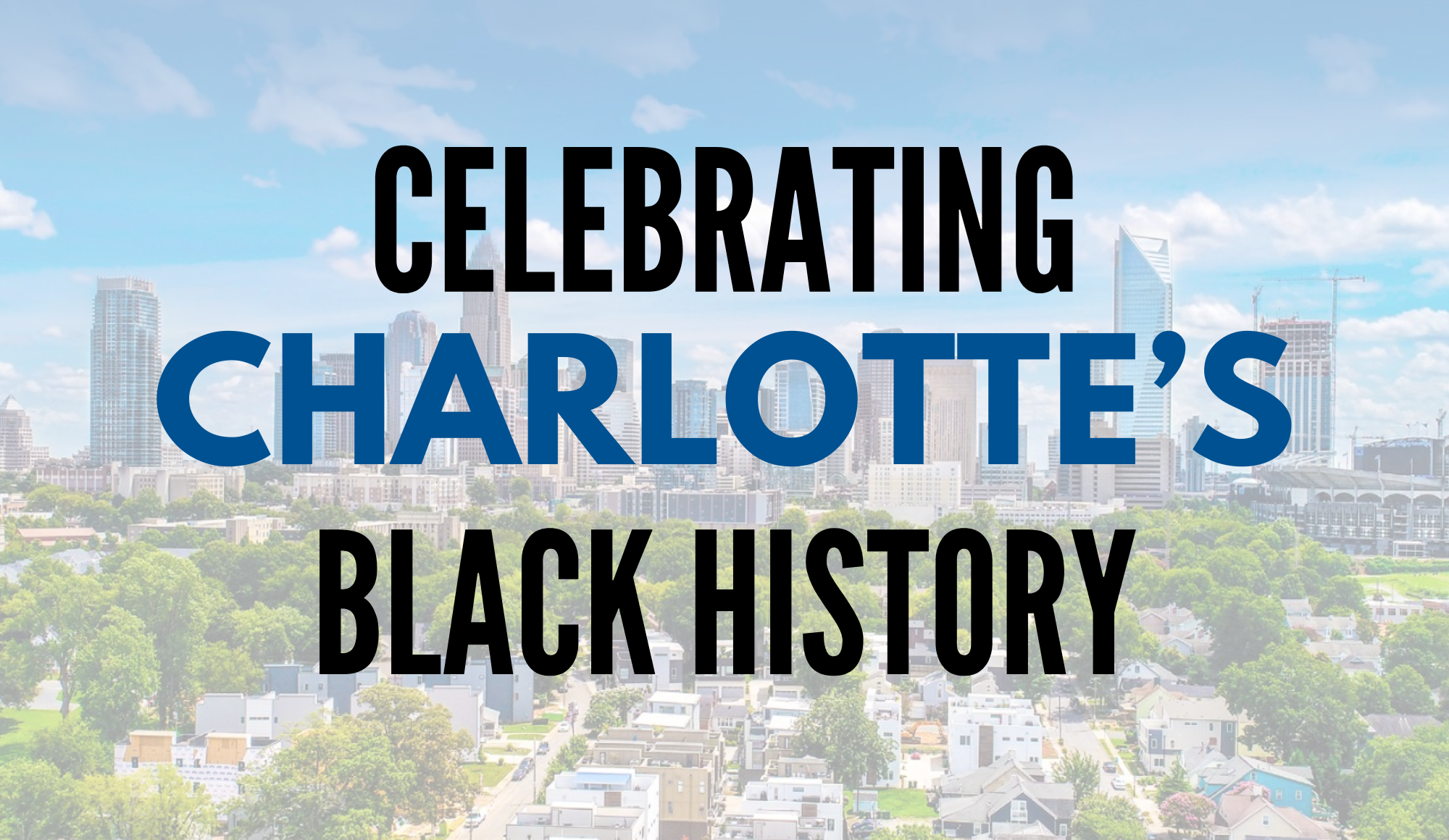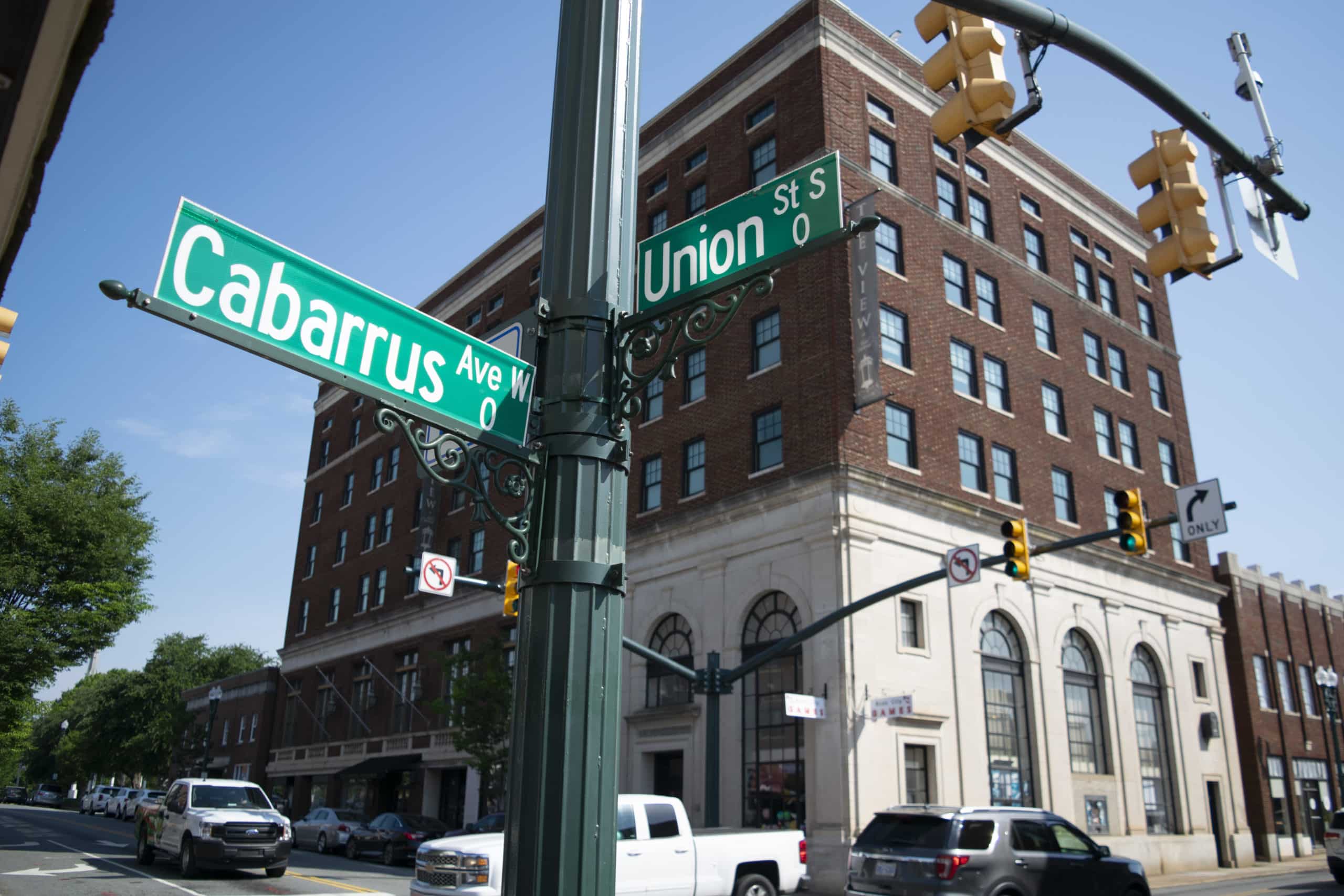
A Look at Historically Black Neighborhoods in Charlotte
During Black History Month, and always, it’s important to acknowledge and honor the deep-rooted history and cultural significance of historically Black neighborhoods across Charlotte. The Historic West End, Grier Heights and Smithville communities come to mind when thinking about resilience, progress, Black excellence and survival. These neighborhoods have helped shape this city’s identity by fostering social and economic growth while preserving history and tradition.
United Way of Greater Charlotte partners with nonprofit organizations, through United Neighborhoods, to invest in these communities, amplify residents’ voices and ultimately create more impactful, lasting change.
Historic West End
Home to some of Charlotte’s oldest surviving Black neighborhoods, the Historic West End is a vibrant hub for education, businesses, art and activism. Urban renewal policies in the 1970s and the city’s expansion in the years that followed either erased or displaced many of Charlotte’s Black communities, but Historic West End has survived.
Organizations like Historic West End Partners are doing everything they can to ensure the community continues to thrive through cultural preservation and economic development stimulation.
“The West End is true to its foundation, resilience, excellence, culture and experiences, bar none. We’re going to continue to revive and build on that, with the help of organizations like United Way and their partners,” Founder and Executive Director J’Tanya Adams said.
In the past couple of years, through partnerships with businesses, property owners, residents, investors and institutions, Adams and her team are keeping their residents and favorite places where they belong.
Grier Heights
The Grier Heights neighborhood was founded in the 1890s by Sam Billings, a former enslaved Black man. Being the first Black man in Mecklenburg County to buy land, he bought about 100 acres, with four houses, that started as a farming community and eventually became known as Grier Heights.
After Mr. Billings acquired the property, the community grew rapidly. Arthur Grier came in as a developer in the neighborhood and began building homes for soldiers returning from World War II in Grier Heights. At that time, Black people could not live just anywhere in the city, but they could live in Grier Heights.
Now, more than 3,000 people live in this community, thanks to CrossRoads Corporation for Affordable Housing and Community Development.
CrossRoads Corporation works collaboratively with nonprofit partners to bring in the best programs and services for its residents in the community.
“One of the ways I’ve described what we do is to say we were working on solving a Rubik’s Cube. In order to solve a Rubik’s Cube, you can’t just choose one side, you literally have to be working on all sides simultaneously to solve that puzzle,” Executive Director Tiffany Capers said.
“We really are trying to work on all aspects when trying to solve our community’s problems.”
Capers and her team provide resources related to education, healthcare, housing, economic mobility and social community cohesion to uplift Grier Heights residents in all aspects of their lives.
Smithville
As one of the oldest Black neighborhoods in Cornelius, Smithville has faced significant challenges tied to rising property values, aging infrastructure and a lack of affordable housing. The neighborhood has also grappled with limited access to quality education and employment opportunities, putting pressure on its long-time residents.
Fortunately, nonprofits like the Ada Jenkins Center are stepping in to address these issues and help build stronger, more resilient communities in North Mecklenburg.
The Ada Jenkins Center offers a series of programs and services, including their economic mobility work and street outreach program, the on-site Nourish Up food pantry, academic enrichment programs for students and a Volunteer Income Tax Assistance (VITA) program.
Through their efforts and by partnering with local leaders and residents, the Ada Jenkins Center is helping bridge gaps and empower communities, fostering a brighter, more equitable future for all.
Making Progress, Together
There are many ways to contribute to the ongoing legacy of these incredible neighborhoods, whether you are supporting Black-owned businesses, reading up on local history, volunteering with a nonprofit partner in the area, attending community events or advocating for policies that protect these communities. By educating ourselves on the past, we can ensure a future where the contributions of Black Charlotteans continue to be recognized and celebrated.
Charlotte Black history is Charlotte history – it deserves to be honored and uplifted all year long.
Learn more about United Way’s United Neighborhoods initiative and find ways to get involved. To get stories like this delivered to your inbox monthly, subscribe to United Voices.




